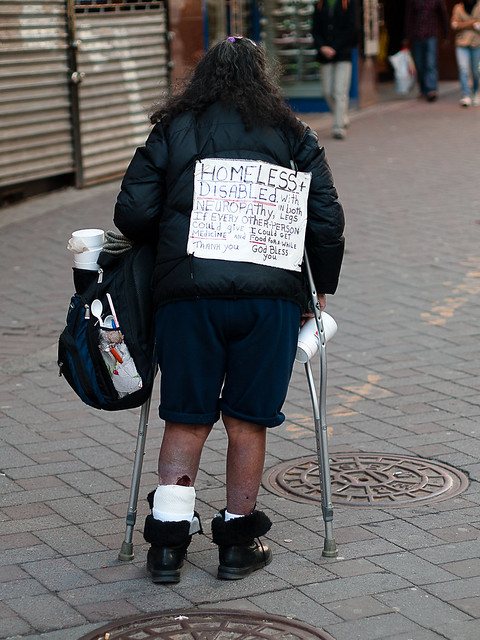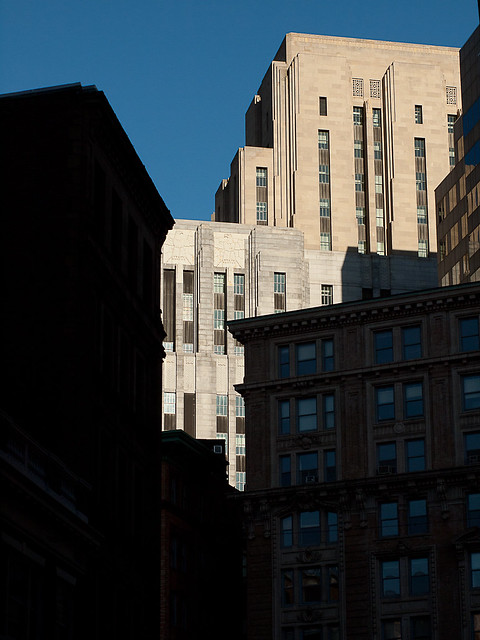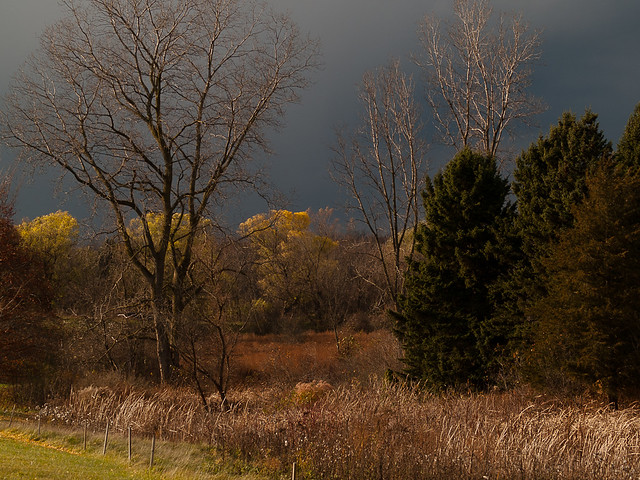I traveled to Boston in February 2011 to attend the Simulation Interoperability Standards Organization, or SISO, yearly meeting. I was presenting a paper I’d co-authored with two other engineers on using open-source software for integration and interoperability. That was a Thing back then because DoD contractors loved to write custom and proprietary software that required additional ongoing support for that expensive software. Modeling and simulation was a big area for this, and all of the contractors took full advantage. But it was beginning to dawn on folks that a lot of what the DoD was paying for could be accomplished with commercial and/or open source software. We managed to prove that point, and I was there to deliver a talk about our project that used open source software to accomplish modeling and simulation integration. Of course, it went on the shelf after that and not much came of it until later in the 2010s, at which point I was well removed from that effort. Such is life trying to work for the government as a civilian…
Anyway, while in Boston I spent a bit of time walking around being a tourist with my E-P2 and several lenses; the kit zoom, the m.Zuiko 2.8/17mm pancake, and an OM Zuiko 1.4/50mm using adapters for the E-P2. What follows are a few photos taken with the 50mm.

I liked the color and tonality of these photos, which I attribute to the OM Zuiko lens design. The micro four-thirds sensor essentially converted the 50mm film lens into a 100mm short telephoto. I had learned how to manually focus that lens on the EP-2, which at the time had no focusing aids. You learned how to look for a special scintillation effect when the 50mm was in focus. Because it was a short telephoto, I was able to stand back especially for street photography. Everybody always talks about how you should use the equivalent of 28mm to 35mm in order to be a ‘true’ street photographer, but I prefer to be discrete, standing back and looking at what’s happening around me. Then when I find something interesting I can stay where I’m at and use the equivalent 100mm to make my photograph.
I know there is a lot more to Boston than these four photographs convey, and I’m sure there are a lot who will see these as “so what.” But for every one of the views in these photos, I passed at least ten or more like them while walking back and forth from where the conference was being held on the harbor and the hotel I was staying at. Boston came across as compact and highly dynamic while I was there. I’m quite certain it’s even more so now. I could spend an entire summer (or winter) up in Boston documenting the city the way I’d like to. Especially the people who call Boston home. I live in Orlando, and as pleasant as Orlando might be, it has nothing on Boston. Boston is the giant to Orlando’s pygmyism.
For those of you who are curious how all this is mechanically configured, here’s what the complete kit looks like.








You must be logged in to post a comment.